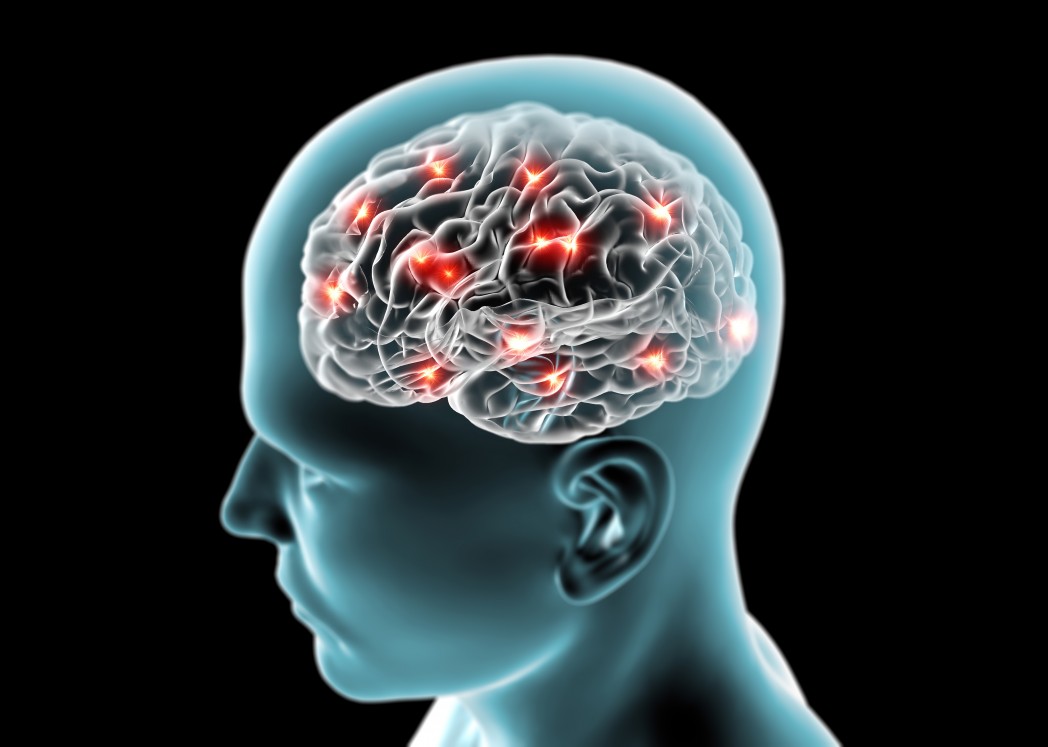Proteins ‘Tagged’ to Clump in ALS Protect Neurons from Toxicity, Research Finds

Researchers at The Scripps Research Institute discovered that cells instruct proteins to form aggregates to protect them from toxicity associated with neurodegenerative diseases such as amyotrophic lateral sclerosis (ALS).
The research team, led by Claudio Joazeiro, associate professor of cell and molecular biology at Scripps, identified an enzyme that can “tag” abnormal proteins to be sent for clump formation. The study, published in the journal eLife, shows that protein aggregation can have a beneficial role. Protein aggregates are associated with other neurodegenerative diseases such as Alzheimer’s and Parkinson’s, where they are mainly believed to contribute to pathology.
“We have uncovered a new molecular mechanism underlying neurodegeneration. This could lead to new diagnostics or new therapeutic approaches, especially for ALS,” Dr. Joazeiro said in a press release.
Researchers have long been studying cells’ ability to identify and destroy deviant proteins. In ALS, mutated proteins accumulate, which eventually lead to nerve cell death and symptoms such as muscle weakness and paralysis.
In 2009, the research team reported that when the enzyme Ltn1 is mutated, ALS-like symptoms appear in mice. In another Scripps study, researchers discovered that Ltn1 can identify abnormal proteins that are stuck in the ribosome, the cellular machinery that assembles new proteins.
While this system sends most abnormal proteins for destruction, it does not identify all of them. The researchers, therefore, figured another enzyme in the cell’s quality control complex must also be responsible for identifying faulty proteins. In their study, “The Rqc2/Tae2 subunit of the Ribosome-Associated Quality Control (RQC) complex marks ribosome-stalled nascent polypeptide chains for aggregation,” the authors discovered that the enzyme Rqc2 labels the abnormal proteins that Ltn1 misses. This alternative label sends proteins for aggregation instead of destruction.
“This is the first evidence that proteins are tagged for aggregation,” said Scripps Research Associate Ryo Yonashiro, first author of the study.
The researchers believe that the aggregates might prevent individual abnormal proteins from interfering with the function of normal proteins. They also hypothesize that the cell, by gathering the mutant proteins, can more easily destroy them. This also explains observations that mice with mutations in the quality control complex genes show ALS-like symptoms with age.
“Because we all have these enzymes we have been studying, we think it’s very likely that this process is going to be relevant in human diseases as well,” Dr. Joazeiro said in the release.






